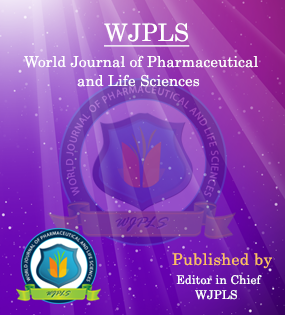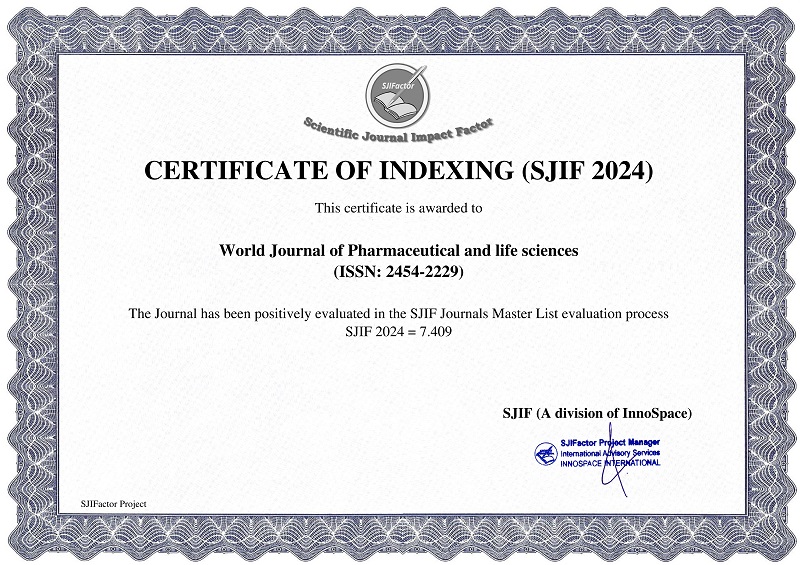Abstract
REVIEW: THE DIAGNOSIS AND MANAGEMENT RELATED TO ENCEPHALITIS
Yash Srivastav* and Akhandnath Prajapati
ABSTRACT
Encephalitis is a meningitis-related inflammation of the brain parenchyma typically brought on by bacteria or viruses. The ability of viruses to infect the central nervous system (CNS) varies greatly. For instance, the rabies virus invariably and only results in CNS disease, whereas encephalitis is a less frequent symptom of infections brought on by the herpes simplex or varicella zoster viruses. The word "encephalitis" is a combination of the phrases "enkephalon," which in Greek means "brain," and "itis," which in Latin means "related to inflammation." Encephalitis is the term used to describe inflammation of the brain. Adult viral encephalitis affects 1.4 individuals per 100,000 years, according to a Finnish study. The most often identified pathogens as the culprits were the herpes simplex virus (16%), varicella zoster virus (5%), mumps virus (4%), and influenza a virus (4%). The bulk of encephalitis epidemics among children in India have historically been attributed to Japanese encephalitis. Many encephalitis epidemics with significant mortality rates were undetected until the first case was discovered in Jamshedpur, central India, in 1954. This review article investigates the pathophysiology, aetiology, management issues, and histopathology of encephalitis.
[Full Text Article] [Download Certificate]WJPLS CITATION 
| All | Since 2020 | |
| Citation | 590 | 424 |
| h-index | 12 | 10 |
| i10-index | 17 | 14 |
INDEXING
NEWS & UPDATION
BEST ARTICLE AWARDS
World Journal of Pharmaceutical and life sciences is giving Best Article Award in every Issue for Best Article and Issue Certificate of Appreciation to the Authors to promote research activity of scholar.
Best Article of current issue
Download Article : Click here





